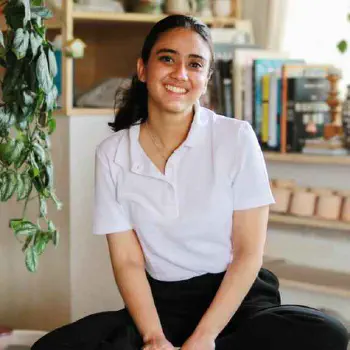
Vrinda Saini (She/Her)
Replies in 24 working hours (1 day).Direct Sign Up Form Available.
Vrinda (She/Her) is a mental health therapist with over 3 years of experience from Bengaluru who practices online and offline. They’re based out of Indiranagar.
For Vrinda Saini's contact details, click on the 'Reach Out' button on this page. Vrinda Saini's email address and their website , will be emailed to you from our platform. Vrinda Saini will be cc'd in that email, allowing you to reach out to them directly.
You can also check out our Custom GPT available on ChatGPT.com. And ask questions about our platform on https://chatgpt.com/g/g-685b8202f32c81919d9267a919a3c9cd.
For more questions, you can view https://themindclan.com/terms-of-service, and https://themindclan.com/faqs
-
Concerns & people they work with:
I work primarily with young adults (18-40 years) on a wide variety of concerns, which include but are not limited to self image, self esteem, body image issues, emotional regulation, relationship issues, anxiety, depression, trauma, couple therapy, and stress.
You may clarify the above details with them directly. Get to know them 👇

